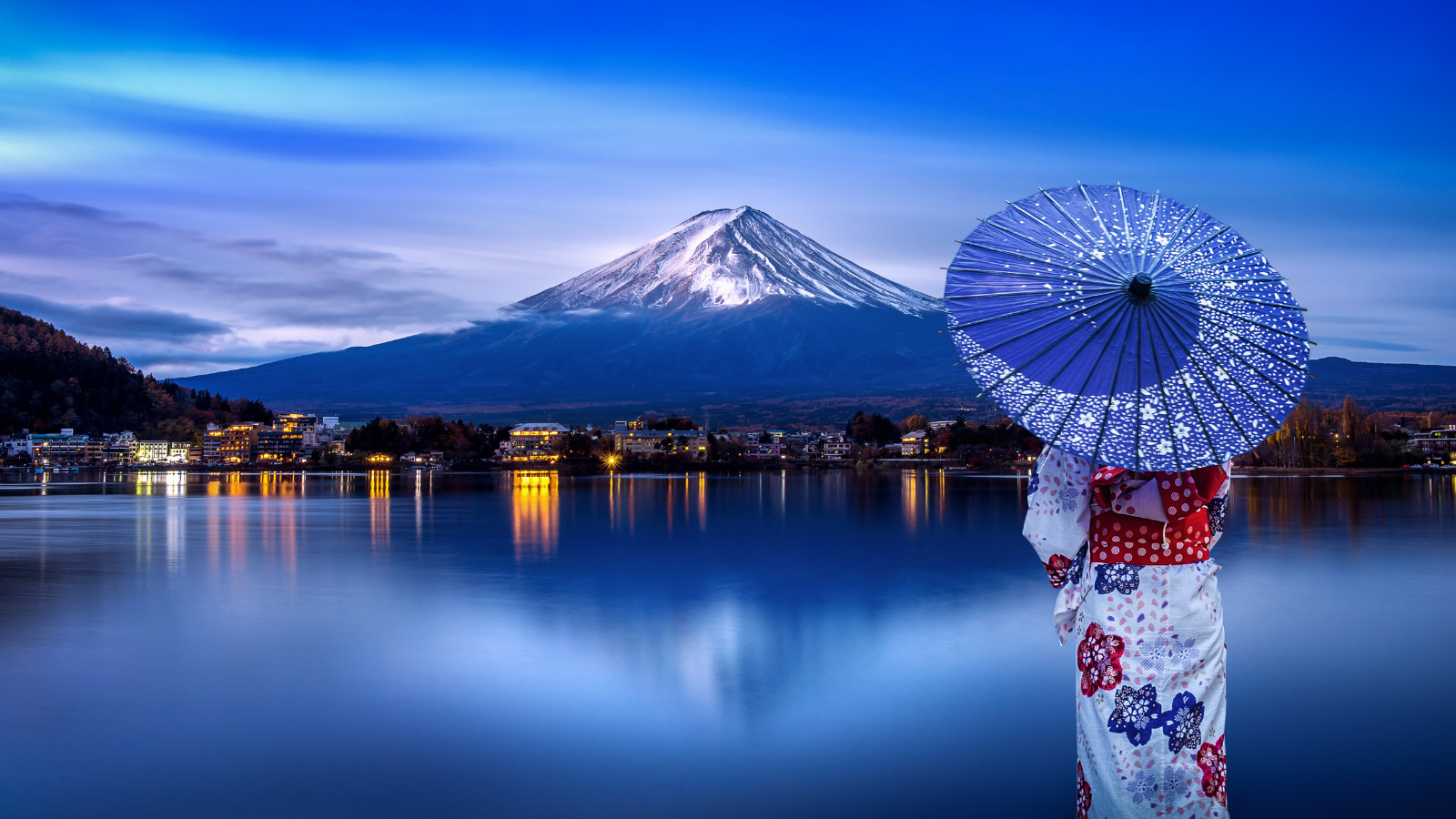Nagano Prefecture, located in the Chubu region of Japan, is renowned for its stunning mountain landscapes, rich cultural heritage, and outdoor recreational activities. Known as the “Roof of Japan,” Nagano offers a diverse range of experiences for visitors, from skiing in world-class resorts to exploring ancient temples.
History and Culture
Historical Significance
Nagano has a long and rich history, with evidence of human settlement dating back thousands of years. The region gained prominence during the Edo period as a strategic post town along the Nakasendo Trail. Historical sites such as Matsumoto Castle and Zenko-ji Temple offer deep insights into Nagano’s past and cultural heritage.
Cultural Heritage
Nagano is known for its vibrant cultural traditions, including festivals, crafts, and performing arts. The prefecture hosts numerous traditional events, such as the Nozawa Onsen Fire Festival and the Nagano Lantern Festival. Nagano is also famous for its unique crafts, such as Matsumoto temari (handcrafted balls) and Matsushiro ceramics.
Economy and Industry
Nagano’s economy is diverse, with key sectors including agriculture, manufacturing, and tourism. The prefecture is a major producer of high-quality fruits, vegetables, and sake. Manufacturing, particularly precision machinery and electronics, plays a significant role in the local economy. Tourism is a vital industry, driven by Nagano’s natural beauty, historical sites, and recreational activities.
Attractions and Activities
Historical and Cultural Sites
- Matsumoto Castle: One of Japan’s most beautiful and well-preserved castles, known for its striking black exterior and scenic moat.
- Zenko-ji Temple: A historic Buddhist temple in Nagano City, attracting pilgrims and tourists with its impressive architecture and spiritual significance.
- Nakasendo Trail: A historic route with well-preserved post towns like Tsumago and Magome, offering a glimpse into Edo-period travel.
Natural Attractions
- Kamikochi: A breathtaking alpine valley in the Northern Alps, renowned for its stunning scenery, hiking trails, and diverse wildlife.
- Jigokudani Monkey Park: Famous for its wild Japanese macaques (snow monkeys) that bathe in natural hot springs.
- Togakushi Shrine: A series of five shrines nestled in the mountains, surrounded by ancient cedar trees and offering scenic hiking paths.
Outdoor Activities
- Skiing and Snowboarding: Nagano is home to several world-class ski resorts, including Hakuba Valley and Nozawa Onsen, known for their excellent powder snow and modern facilities.
- Hiking and Mountaineering: The Japanese Alps offer numerous trails and peaks for hikers and mountaineers, with options ranging from easy walks to challenging climbs.
- Hot Springs (Onsen): Nagano boasts many onsen towns, such as Shibu Onsen and Nozawa Onsen, where visitors can relax in natural hot spring baths.
Cuisine
Nagano’s culinary scene is rich and varied, reflecting its agricultural abundance and cultural heritage. Local specialties include:
- Soba Noodles: Made from buckwheat flour, Nagano’s soba noodles are known for their rich flavor and are often enjoyed cold with dipping sauce or in hot broth.
- Shinshu Apples: High-quality apples grown in the region, enjoyed fresh or used in various desserts and dishes.
- Oyaki: A traditional dumpling filled with vegetables, beans, or fruit, steamed or grilled and often enjoyed as a snack.
- Miso: Nagano is famous for its high-quality miso, used in various dishes, including soups and marinades.
Conclusion
Nagano Prefecture is a captivating destination that seamlessly blends natural beauty, historical depth, and cultural richness. Whether you’re exploring ancient castles, skiing in premier resorts, or relaxing in hot springs, Nagano offers a diverse and enriching experience for all visitors. Its unique attractions and welcoming atmosphere make it a must-visit location for anyone traveling to Japan.

